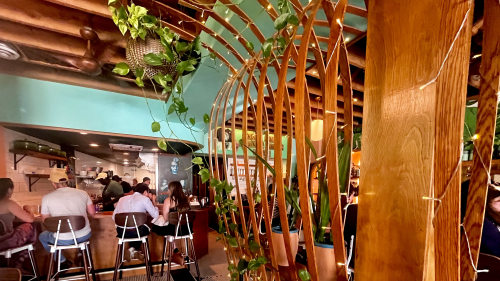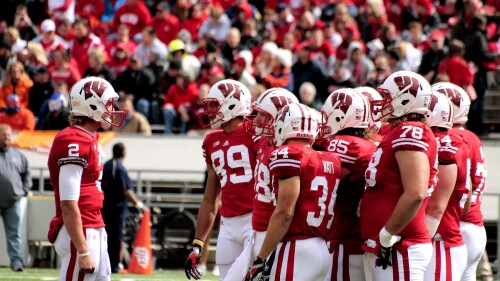Our local skies house everything from warblers to cardinals. So how can you invite them to your garden?
Feed them, of course. Late winter to early spring is a crucial time for putting out birdfeeders, as natural food sources may be depleted. Let’s fly through some need-to-knows to keep you popular with the local birds.
Feeder types 🪶
There are three basic types of feeders: seed, suet, and nectar.
- Seed feeders are the most versatile. Black-oil sunflower seeds appeal to the greatest number of birds, according to the Audubon Guide to Bird Feeding. They’ve also got homemade recipes that everyone will be chirping about.
- Suet (or beef fat) is a high-energy treat for bug eaters, and you can make a DIY feeder from an onion bag. Be warned: Warmer weather turns suet cakes rancid, which keeps birds away.
- Nectar feeders give hummingbirds and orioles a sweet treat. Opt for a low-capacity feeder to make sure you’re cleaning it regularly.
Browse Wild Birds Unlimited to get a feel for the different types. Then, mix and match to make your home the flock of the town.
The perfect setup 🪶
You want to give songbirds an easy meal — not squirrels, cats, or birds of prey — so set up the perfect perch.
The magic numbers for a feeder pole are 30 feet from any windows and 10 feet from cover, particularly native plant cover. In fact, you can even spruce up your garden with bird-friendly plants.
Maintenance 🪶
Monitoring your feeders is key to keeping the local ecosystem healthy. Clean seed feeders every two weeks, and keep an eye out after rain.
To avoid avian diseases (and connect with other birders), keep tabs on the local Audubon Society. Call the Wisconsin Department of Natural Resources and take down your feeders if something seems amiss.











